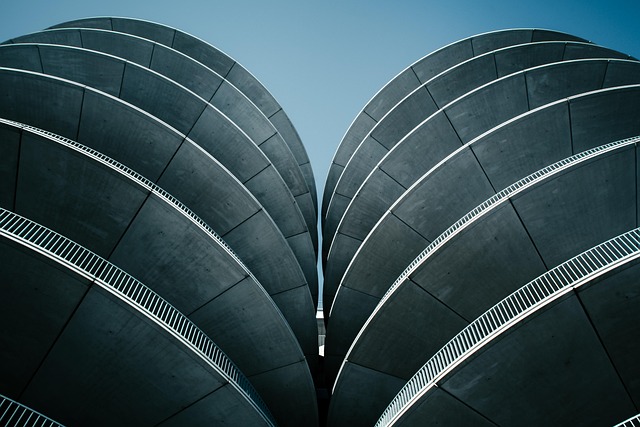Mosques in Karachi's Muslimabad Society are integral to the region's spiritual and cultural development, showcasing a diverse range of architectural styles influenced by Persian, Indian, and Islamic traditions. Serving as community hubs and centers for education, these structures blend traditional design with contemporary elements, fostering holistic community development. Despite challenges from urbanization and demographics, Karachi's mosques aim to preserve their significance through strategic planning and innovative solutions, ensuring they remain dynamic centers of faith, community engagement, and cultural preservation.
“Karachi’s Muslimabad Society is home to a rich architectural and cultural heritage, embodied by its vibrant mosques. This article explores the historical evolution of these sacred spaces, from their initial construction to the present day, highlighting their role as community hubs in Karachi. We delve into the unique architectural marvels that define them, the social and cultural significance they hold, and the religious practices they facilitate. Additionally, we discuss challenges faced and prospects for preserving and enhancing this essential aspect of Karachi’s identity.”
- Historical Background of Mosques in Karachi's Muslimabad Society
- Architectural Marvels: Designing Spaces for Worship and Community
- The Role of Mosques in Social and Cultural Life
- Religious Practices and Rituals Observed Within the Mosque Walls
- Challenges and Future Prospects for Preservation and Growth
Historical Background of Mosques in Karachi's Muslimabad Society
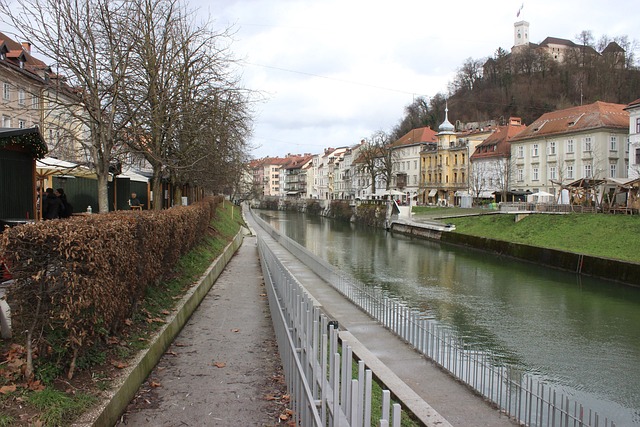
Mosques have played a pivotal role in shaping the spiritual and cultural landscape of Karachi’s Muslimabad Society since its inception. Historically, these places of worship have served as centres for community gatherings, religious education, and fostering a strong sense of identity among the residents. In the heart of Karachi, Muslimabad has been home to some of the city’s most iconic mosques, each with its unique architectural style reflecting the diverse influences over time.
The early development of mosques in this area mirrors the rich history of Karachi itself, witnessing various cultural exchanges and political shifts. Over centuries, these structures have evolved from simple prayer halls to become grand architectural marvels, incorporating elements from Persian, Indian, and Islamic design traditions. Today, they stand as a testament to the resilience and diversity of Karachi’s Muslimabad Society, attracting devotees and tourists alike who come to admire their beauty and historical significance in the city known for its vibrant cultural tapestry.
Architectural Marvels: Designing Spaces for Worship and Community
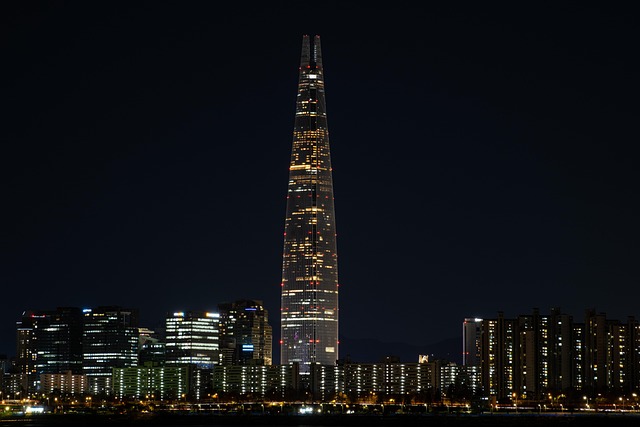
The architectural landscape of Karachi is dotted with stunning mosques that serve as centres of worship and community for Muslims across the city. These structures are not merely places of prayer; they are architectural marvels that reflect the rich cultural heritage and artistic sensibilities of the region. The design of these mosques often incorporates intricate motifs, elegant curves, and grand domes, creating spaces that inspire awe and wonder among visitors.
Many Karachi-based mosques blend traditional Islamic architecture with contemporary elements, showcasing a dynamic fusion of past and present. From ornate caliphal arches to sprawling courtyards adorned with lush greenery, each mosque is meticulously crafted to cater to the spiritual needs of its congregation while also functioning as social hubs for various community activities. These architectural masterpieces not only enhance the urban fabric of Karachi but also serve as living testaments to the city’s diverse cultural tapestry.
The Role of Mosques in Social and Cultural Life
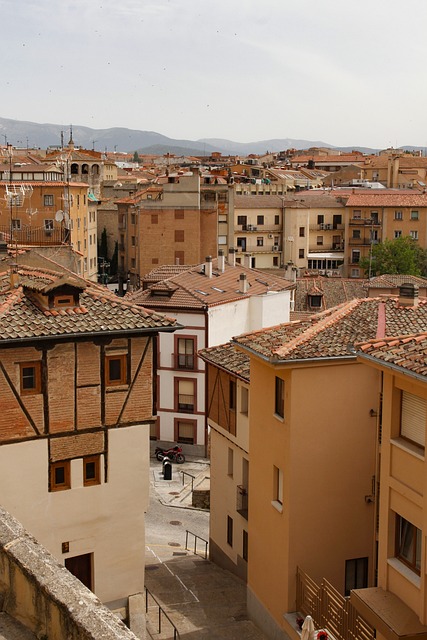
Mosques in Karachi play a pivotal role in the social and cultural life of the city, serving as more than just places of worship for the Muslim community. They function as vibrant hubs where people gather, connect, and participate in various communal activities. These institutions often double as centres for education, offering religious teachings but also classes in arts, languages, and other essential skills, thereby fostering a holistic development environment within the community.
The cultural significance of mosques is evident in their architecture, which reflects the rich heritage of Karachi. They become landmarks not just because of their grandeur, but also because they host events that celebrate Islamic festivals, organize interfaith dialogues, and provide platforms for artistic expressions. In essence, mosques in Karachi contribute to a cohesive social fabric by facilitating interactions, promoting learning, and preserving cultural traditions, making them integral parts of the city’s identity.
Religious Practices and Rituals Observed Within the Mosque Walls
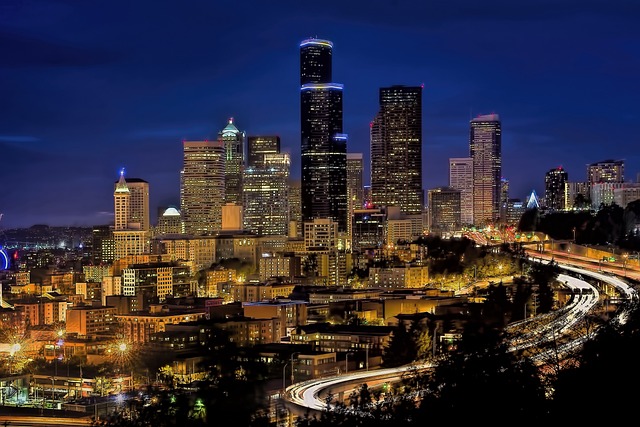
In the heart of Karachi, the mosques of Muslimabad Society serve as vibrant centers where faith and community intertwine. The daily prayers, performed five times a day, are a cornerstone of religious life within these sacred spaces. Men and women gather separately, their voices harmonizing in devotion as they recite the Quran and offer their supplications. During Friday prayers, the mosque buzzes with even greater activity, with sermons delivered by learned imams, providing spiritual guidance and fostering a sense of unity among the congregation.
Beyond the regular prayers, mosques in Muslimabad Society host various rituals and ceremonies throughout the year. The most significant is the month-long observance of Ramadan, marked by collective iftars (breaking of fast) after sunset prayers. These communal gatherings strengthen bonds between community members, fostering a spirit of solidarity. Other important events include Eid celebrations, where the mosque becomes a hub for festive prayers, feasts, and the exchange of greetings, reflecting the joy and unity that defines Muslim life in Karachi.
Challenges and Future Prospects for Preservation and Growth
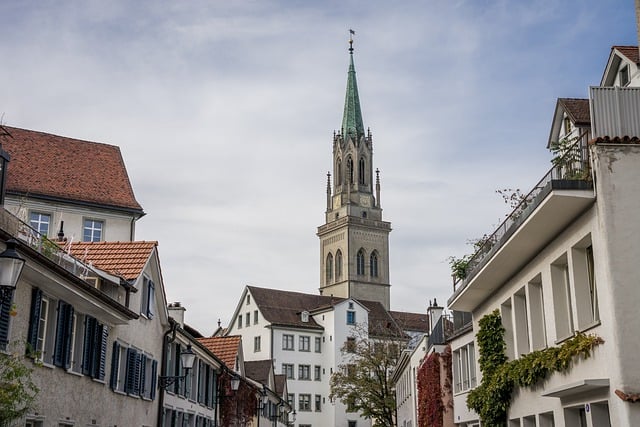
The mosques in Karachi, a vibrant city renowned for its diverse culture and rich history, face unique challenges in their pursuit of preservation and growth. One significant obstacle is the rapid urbanization and population growth, which puts immense pressure on existing infrastructure, including religious spaces. The limited availability of land and increasing demand for residential and commercial areas make it difficult to construct new mosques or expand existing ones. Moreover, Karachi’s diverse demographic landscape presents cultural and ideological divisions that can sometimes impact community cohesion within these places of worship.
Despite these challenges, there is a promising future for the mosques in Karachi. With effective planning and community engagement, preservation efforts can be enhanced through innovative solutions, such as vertical expansion or integrating modern architectural designs while maintaining the religious significance. The digital age offers new opportunities to connect with younger generations by leveraging technology for online services and educational programs. By embracing these prospects, mosques can not only cater to the spiritual needs of their followers but also become vibrant centers for community engagement and cultural preservation in the ever-evolving metropolis.
Mosques in Karachi’s Muslimabad Society have evolved over time, transcending their role as places of worship to become integral parts of the community. From historical backgrounds that reflect the region’s rich heritage, to architectural marvels that inspire awe, mosques serve as vibrant centers for social and cultural life. They play a crucial role in preserving religious practices and rituals, fostering unity among diverse groups, and addressing contemporary challenges. As we look towards the future, ensuring the preservation and growth of these sacred spaces is paramount, not just for Karachi but for the entire Muslimabad Society and beyond.
